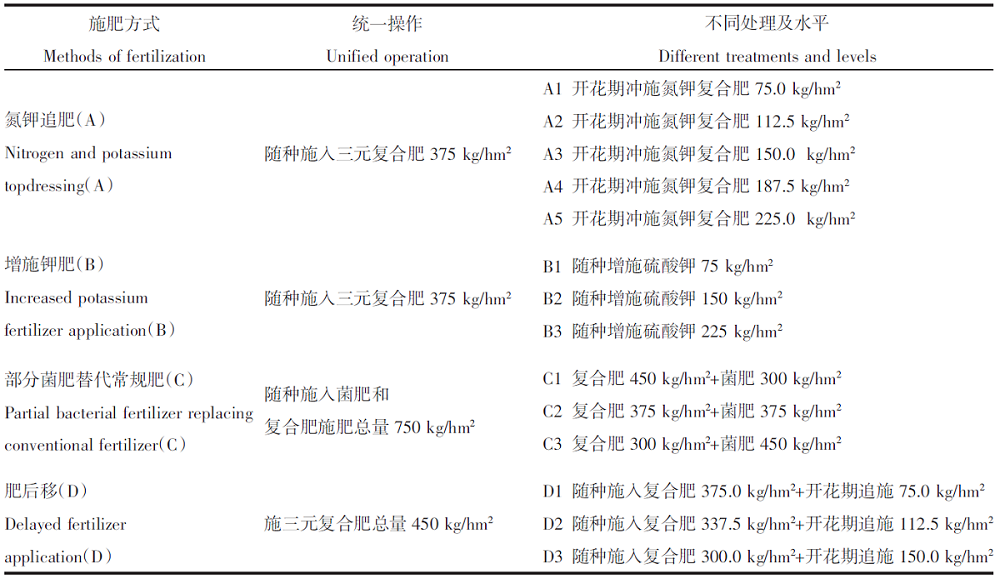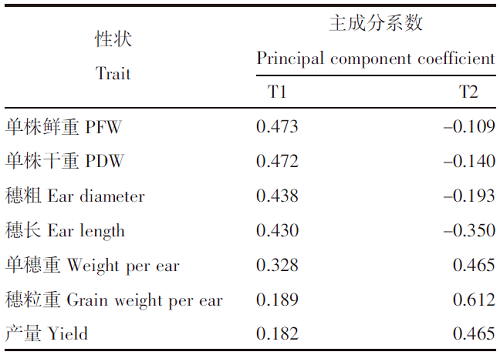| [1] |
刁现民. 禾谷类杂粮作物耐逆和栽培技术研究新进展[J]. 中国农业科学, 2019, 52(22):3943-3949.
doi: 10.3864/j.issn.0578-1752.2019.22.001
|
| [2] |
吕厚远. 中国史前农业起源演化研究新方法与新进展[J]. 中国科学:地球科学, 2018, 48(2):181-199.
|
| [3] |
王海岗, 温琪汾, 穆志新, 等. 山西谷子核心资源群体结构及主要农艺性状关联分析[J]. 中国农业科学, 2019, 52(22):4088-4099.
doi: 10.3864/j.issn.0578-1752.2019.22.013
|
| [4] |
李顺国, 刘斐, 刘猛, 等. 中国谷子产业和种业发展现状与未来展望[J]. 中国农业科学, 2021, 54(3):459-470.
doi: 10.3864/j.issn.0578-1752.2021.03.001
|
| [5] |
JIA G Q, LIU X T, SCHNABLE J C, et al. Microsatellite variations of elite Setaria varieties released during last six decades in China[J]. PLoS One, 2015, 10(5):e0125688.
doi: 10.1371/journal.pone.0125688
|
| [6] |
AFSHIN A, SUR P J, FAY K A, et al. Health effects of dietary risks in 195 countries,1990-2017:A systematic analysis for the Global Burden of Disease Study 2017[J]. Lancet, 2019, 393(10184):1958-1972.
doi: 10.1016/S0140-6736(19)30041-8
|
| [7] |
李顺国, 刘斐, 刘猛, 等. 中国谷子种植历史演变及未来发展方向[J]. 粮油食品科技, 2022, 30(4):60-67.
|
| [8] |
罗世武, 李凯, 来幸樑, 等. 宁夏扬黄灌区谷子品种主要农艺性状及产量的相关分析[J]. 安徽农业科学, 2023, 51(7):13-17.
|
| [9] |
王春民, 闫立伟, 洪钟, 等. 赤峰市杂粮杂豆生产现状、存在问题及发展建议[J]. 中国农技推广, 2017, 33(3):6-7.
|
| [10] |
贾冠清, 刁现民. 中国谷子种业创新现状与未来展望[J]. 中国农业科学, 2022, 55(4):653-665.
doi: 10.3864/j.issn.0578-1752.2022.04.003
|
| [11] |
崔纪菡, 郭帅, 赵宇, 等. 不同施肥方式和用量对夏谷产量的影响[J]. 安徽农业科学, 2022, 50(22):142-145.
|
| [12] |
卢华雨, 张星星, 文新亚, 等. 施用不同种类肥料对谷子产量与品质的影响[J]. 山西农业科学, 2022, 50(8):1119-1123.
|
| [13] |
韩飞, 何伟, 张行, 等. 不同施肥模式对盐碱地土壤改良及谷子生长的影响[J]. 土壤通报, 2020, 51(4):860-865.
|
| [14] |
李俊文, 索全义, 康文钦, 等. 有机无机复混肥对旱作谷子产量及品质的影响[J]. 北方农业学报, 2021, 49(6):84-89.
doi: 10.12190/j.issn.2096-1197.2021.06.11
|
| [15] |
王瑞, 郭二虎, 张艾英, 等. 施肥对谷子肥效、产量及经济效益的影响[J/OL]. 东北农业科学, 2022:1-7.(2022-11-01). https://kns.cnki.net/kcms/detail/22.1376.S.20221101.1123.002.html.
|
| [16] |
陆平. 谷子种质资源描述规范和数据标准[M]. 北京: 中国农业出版社, 2006.
|
| [17] |
程汝宏, 张婷, 王根平, 等. 新中国成立以来谷子育种的主要研究进展[J]. 粮油食品科技, 2022, 30(4):68-75.
|
| [18] |
王晓军. 氮磷钾配施对谷子株高和产量的影响[J/OL]. 东北农业科学, 2023:1-7.(2023-01-05). https://kns.cnki.net/kcms/detail/22.1376.S.20230104.1519.001.html.
|
| [19] |
杨世琦, 颜鑫. 基于农作物施肥量视角的区域尺度农田面源污染风险评价研究[J]. 中国农业大学学报, 2023, 28(2):147-159.
|
| [20] |
王君杰, 李俊, 乔治军. 生物菌肥对谷子长势指标及产量的影响[J]. 新疆农业科学, 2021, 58(6):1042-1047.
doi: 10.6048/j.issn.1001-4330.2021.06.008
|
| [21] |
杨永青, 高芳芳, 马亚君, 等. 山西省旱作农业区不同施肥处理对谷子产量、品质及经济效益的影响[J]. 作物杂志, 2020(4):195-201.
|
| [22] |
宋登蓉, 张文英. 主成分分析在作物科学研究中的应用[J]. 长江大学学报(自然科学版), 2012, 9(5):8-11.
|
| [23] |
纪洪亭, 王勇, 曾燕楠, 等. 基于主成分分析评价不同类型肥料对向日葵穴盘苗素质的影响[J]. 中国农学通报, 2020, 36(29):100-106.
doi: 10.11924/j.issn.1000-6850.casb20190900671
|
| [24] |
王秀康, 杜常亮, 邢金金, 等. 基于施肥量对马铃薯块茎品质影响的主成分分析[J]. 分子植物育种, 2017, 15(5):2003-2008.
|






